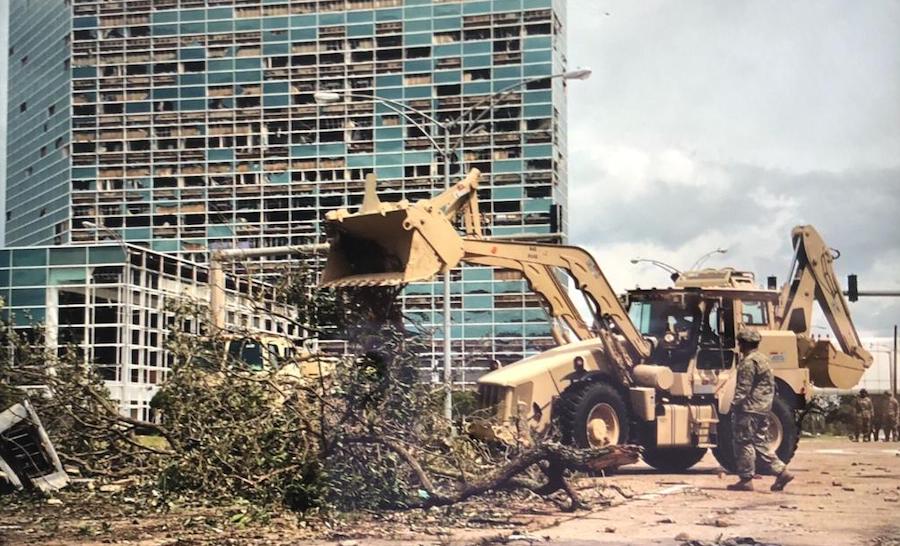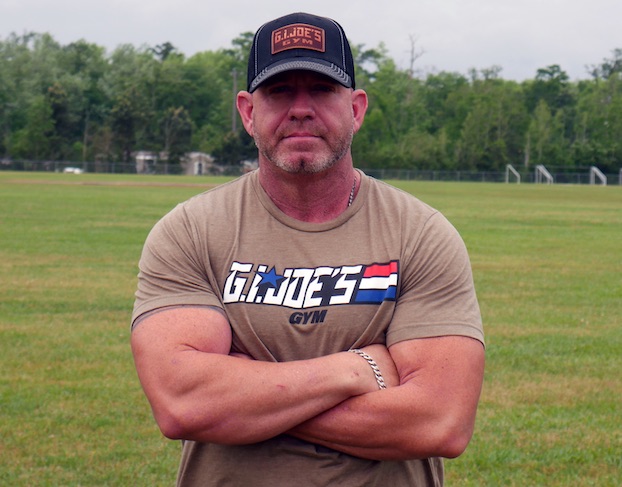Lake Charles residents have been trudging through recovery from the catastrophic Category 4 storm Hurricane Laura for over a year.
“It was just like, this is unreal,” said LSU junior and Lake Charles native Meredith Owen. “It’s so-much-worse-than-I thought kind of thing.”
Owen is heartbroken every time she returns to her hometown as blue tarps still coat many homes and less than 13 percent of homes have begun the reconstruction process, according to the city. “Our house still has a massive hole in the ceiling,” said Owen.
Just over a year after the destruction of Laura, another Category 4 storm pummeled the Gulf Coast, sparing southwest Louisiana but leaving southeast Louisiana in the eye of the storm.
“I really thought for a 2-hour window there, when the eye was over us, that we were not going to make it,” said LSU junior Dena Vial.
Vial’s hometown, Luling, is a small community with 5 percent of the population of Baton Rouge. Ida’s eye swept through Luling as a Category 3 storm Aug. 29, and Ida’s landfall as a Category 4 left the city in shambles similar to Lake Charles.
Debris is still scattered around Lake Charles as businesses remain untouched, with 21 percent of businesses failing to renew tax forms this year.
“From the public’s side of it, our FEMA reimbursement, we feel that we are maybe 25 percent complete,” said Lake Charles Mayor Nic Hunter. “However, on the private side, I think that we are probably less than that because of the lack of supplemental disaster aid.”
Federal supplemental disaster aid, formally known as Community Development Block Grant Disaster Recovery, supplied $9 million in the wake of Hurricane Katrina and $650 million after the 2016 flood in Baton Rouge.
Lake Charles — experiencing four natural disasters in one year with two hurricanes, a freeze and a flood — has received zero in such funding.
“And I think that’s a travesty, and I think that’s a glaring embarrassment on a national level,” Hunter said.
Even in the process of long-term recovery, Lake Charles organizations and churches have already hosted supply and donation drives, and Hunter believes the Southwest Louisiana community will lend a hand now to help the urgent needs of southeast Louisiana.
He said southeast Louisiana will soon “move toward long-term recovery and will be facing the same issues that we face in Lake Charles.”
Issues that most South Louisianans will be facing for months and years to come.
“You can tell that something terrible happened,” said Owen, referring to the broken signs and dilapidated buildings that still stand in Lake Charles.
Vial, by contrast, faces the freshness of Ida’s destruction.
“Downed trees, power poles, power lines, most streets impassable,” said Vial.
Lake Charles residents, traumatized by flooding events of the past year, feared another major flood this week as the area lay in the path of Tropical Storm Nicholas.
Calcasieu Parish schools closed Monday and residents prepared homes with sandbags.
But Nicholas spared Lake Charles, while leaving cars flooded in southeast Louisiana, cars destroyed and already damaged homes worse.
Allison Kadlubar is a Lake Charles native and the news director for LSU’s Tiger TV.






